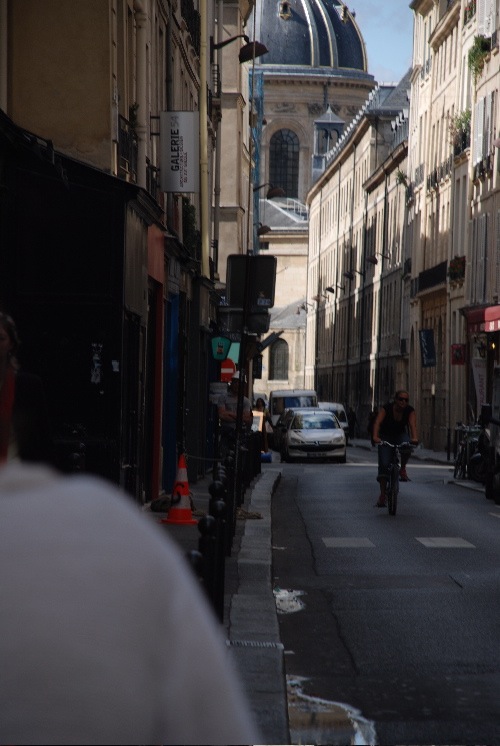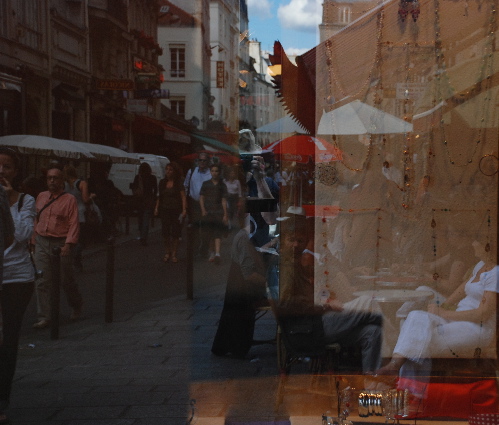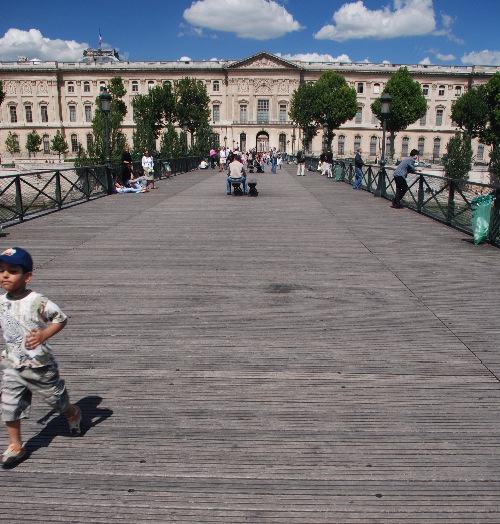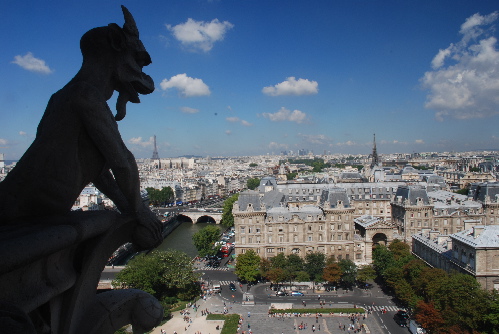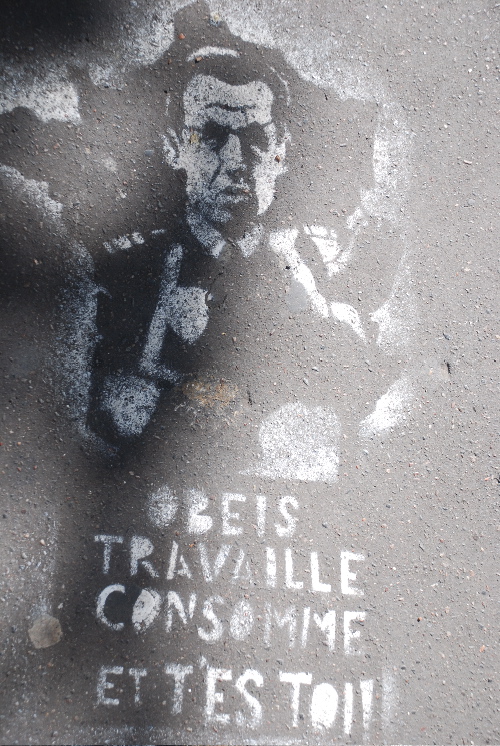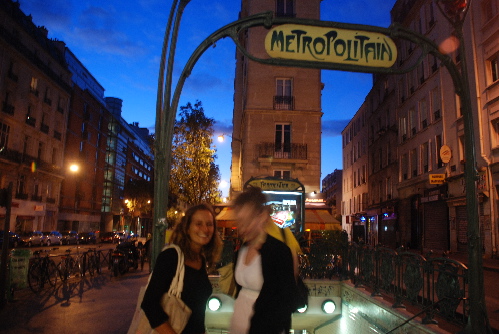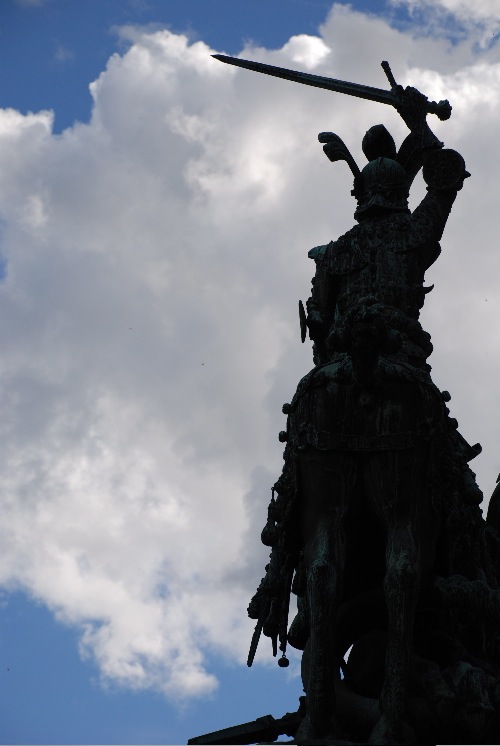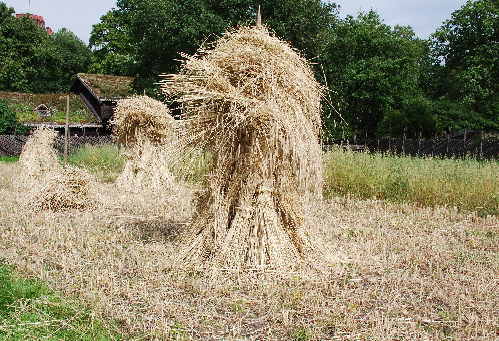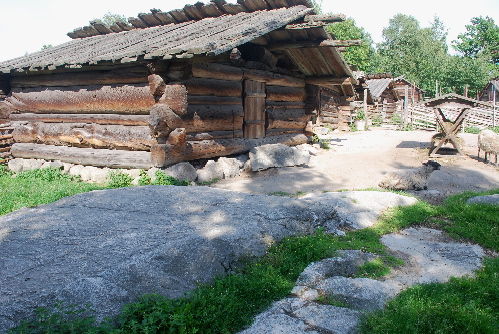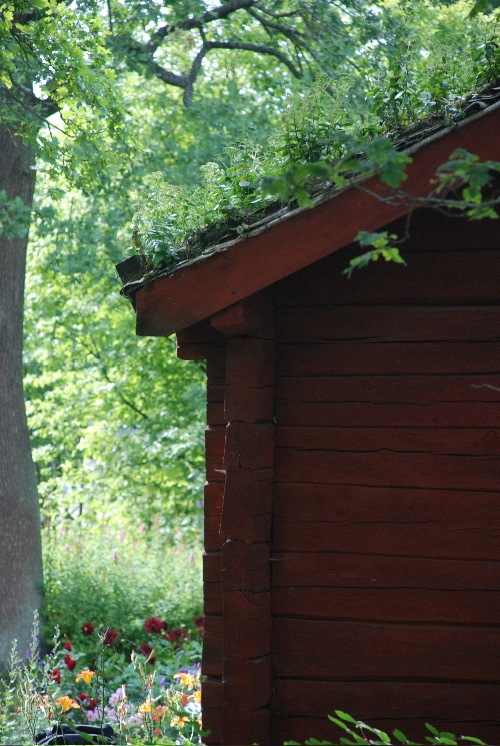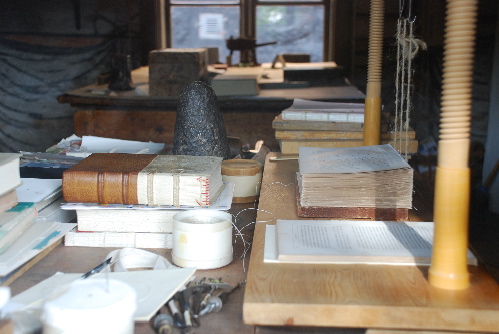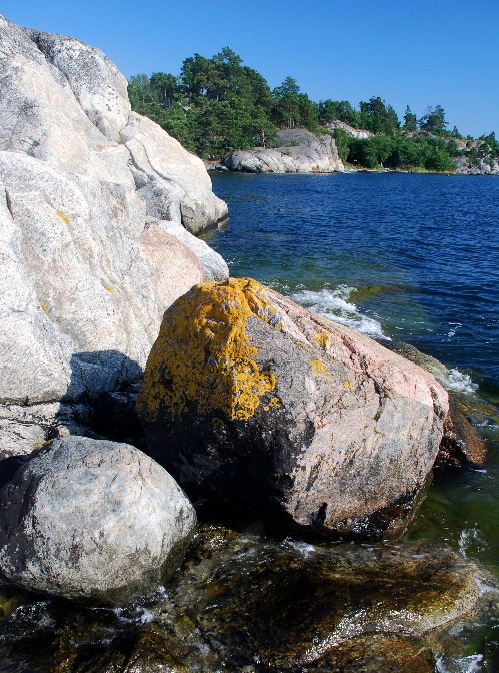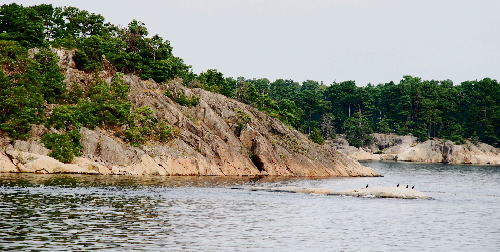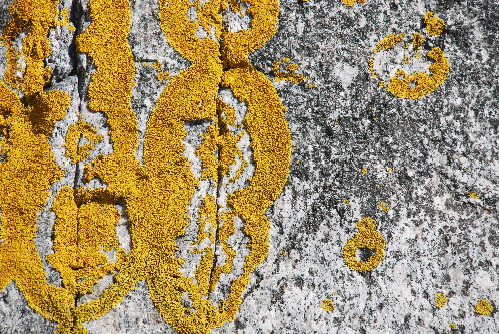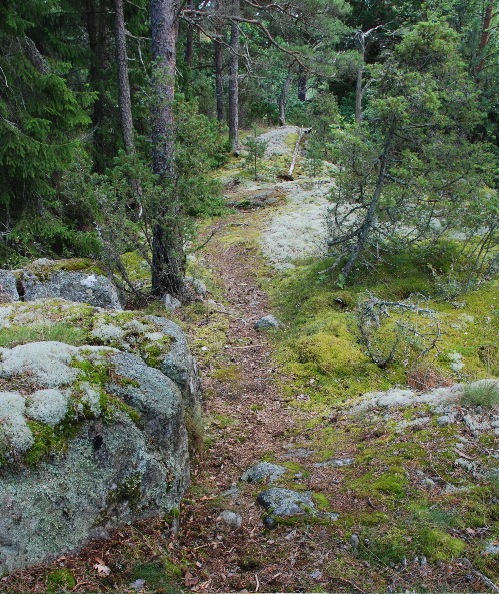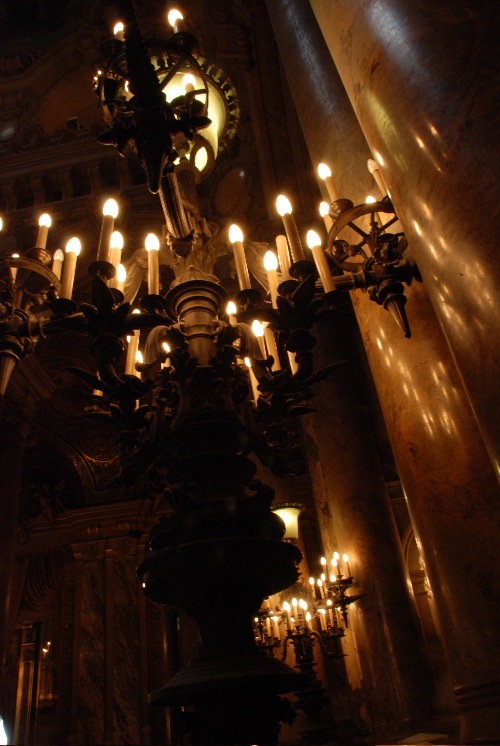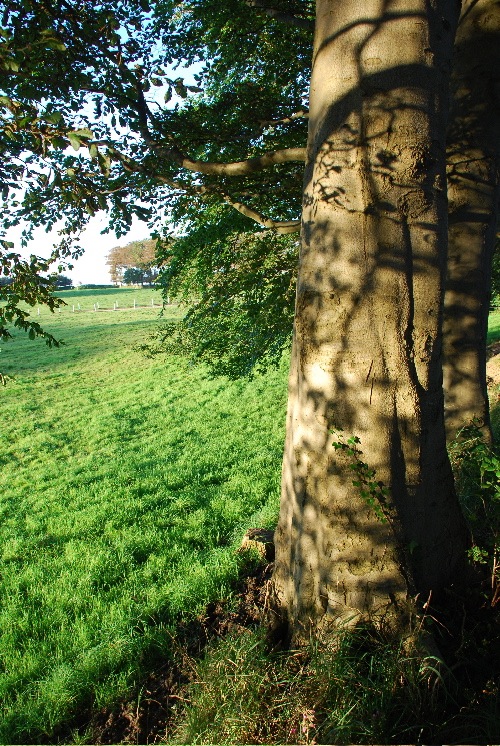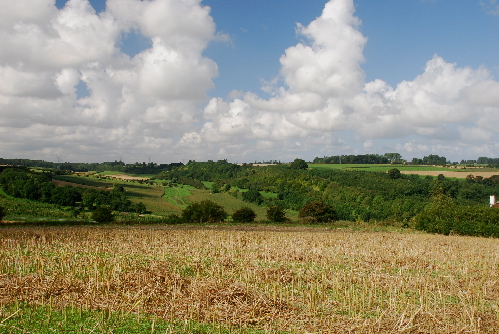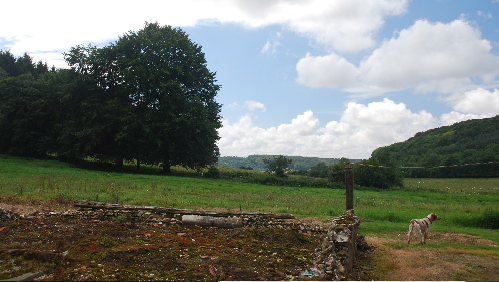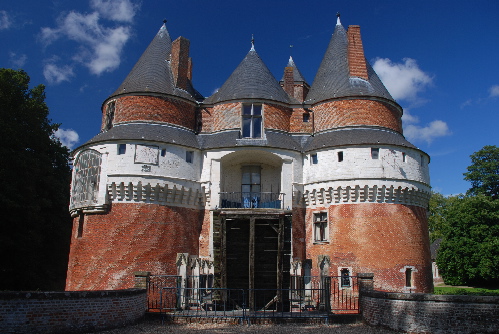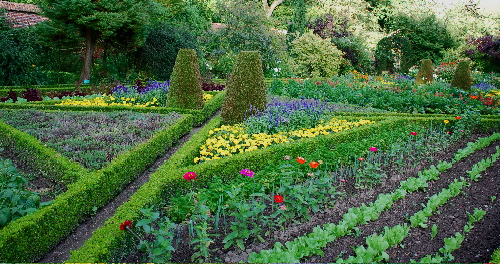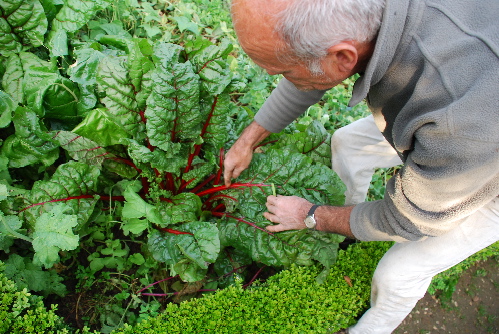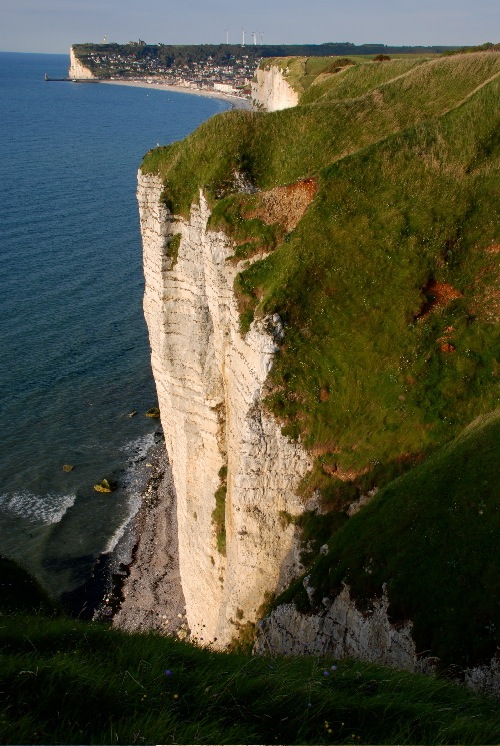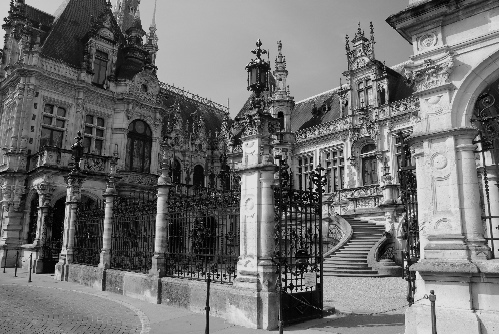I’ve done the final hop down to the southern hemisphere and to Perth. For what its worth, Singapore is the best airline I’ve flown with: friendly, helpful people, and hundreds of things to watch on the screen in front of you. On the plane over I read the French newspaper. The Figaro’s front page is about the success of the Velolib program in Paris. Ten thousand bikes, and twenty thousand by the end of the year, are being hired out to people for a Euro or something equally cheap for short distant rides. As I caught the Roissy bus to the airport I saw a besuited and fattening old business exec glide past in front of some salubrious, shiny golden gates. It seems everybody is coming onboard with this initiative of the Green and gay mayor of Paris. They need to as the air in Paris smelt and looked bad after the fresh sea air of Normandy.
Speaking of the Figaro, I’d like to publicly congratulate the French for producing newspapers, such as this one, which devote only two pages to sport (and plenty of that goes to sailing at that) and plenty of pages to culture and the arts. They also have many international stories and put them up in the front of the paper, as well as having in depth environmental coverage. The chronic geographical ignorance, both statistically verified (in a recent survey by National Geographic) and well lampooned from a British perspective by Ali G, of the majority of the American people is well known. It is not to be found in the pages of one of France’s major newspapers.
Continuing the pro-French note, I hear Michael Moore’s new film Sicko praises the French health care system. Then there is the extensive and very cheap train network: the SNCF. And little bit of gallantry I’d not noticed in the past that I noticed last week and that I like a lot: when French people leave a restaurant they will sometimes say (in French of course, and not in a loud voice) ‘Goodbye ladies and gentlemen’ to all the assembled people in the eatery, not just thanking the waiter they’ve just paid. I’m not uncritical of France: among other things they have a problem with criminality on the streets (although Normandy didn’t seem to have this problem to the extent of Paris or the south), and they can often be over-stressed. They often talk too fast and seem to need to take a deep breath and get a massage – although here they beat us Ango-saxons on a systemic, if not cultural, level in that they introduced the 35 hour work week a while ago. My praise for French dress sense can’t be extended to Normandy: the understated cool turns out to be a Parisian thing, as well as a few of the cities in the south.
I’ve experienced a lot on this trip around the world. I haven’t written about all of my travails with different airlines: for example, turning up at Charled de Gaulle to fly to Stockholm and being told that it is impossible because of my ticket guidelines and arguing with the staff for an hour and half and then running to catch the plane just before take off, or spending literally days and days on the phone in Geneva or Montreal trying to change dates or routings, or having my luggage lost twice, flights cancelled twice and flights delayed tens of times. I’m not joking when I say that anybody contemplating a trip around the world should get an extensive briefing before departure on the complex rules and regulations of contemporary airline ticket structures and codes. Apart from the well known environmental evils of air travel there is another reason not to do it: at some stage it will result in a plentitude of teeth-grinding frustration.
But there is something special about a circumnavigation of the globe. To have traveled around the world makes the planet seem more tractable as an entity. Although I can’t compare this trip to Charles Darwin’s in the nineteenth century on his wooden sailing ship The Beagle, I can say that this circumnavigation increases my sense of intimacy and ownership over the whole biosphere. Then there is the simple fact of having become a lot better as a traveler – knowing when is the right time to change currency, or how to master a new public transport system in a new city, for example. The more one travels, the more one has confidence to travel. And I’ve also often had the feeling that, yes, sure it is exciting to be in this place right now, say South Carolina on the beech one evening, but this time in four days I’ll be in a country I’ve never visited, say Canada. This feeling of the journey onwards has been invigorating. My travel in the past has been to one place for a few months usually. Often early on, say in Samoa, thinking of the trip to come was like thinking of the attic full of suprises I was soon to burst on into. Those moments of full attics to come are some of the best in a strange way. The road to come… The stairs to climb up…
My views of the nations and landscapes of the world has altered. I see that Australia and North America are some of the only first world places that have large amounts of wilderness left. My love of the tropics has been slightly decreased due to potentially dangerous mosquitoes and their maraudings. My other value-laden rantings on various nation states are obvious from previous entries over the last three months.
One of the best things about this trip around the world though has been staying with friends – you are never alone when staying with friends. (I hope they all come and stay with me!) In fact although I’m back in Perth now, for the first couple of nights I’ve stayed at a friends place – until my place in Fremantle was available again. Camaraderie once more. And there lies my suitcase on the bedroom floor again, lid open, full of clothes. There sits my camera bag and my black day pack next to it. And looking at the suitcase with its well known collection of shirts and the like, I wish it would go on like this. I wish that this would keep on being all I have. Having this set up makes you feel like you’re dynamic and en route, and not sunk in a domestic, possession-encumbered situation. I wonder if I can camp out, as it were, in my old bedroom in Fremantle?
Impressions of Perth, Australia… It is a bit like being in California, except that the cars aren’t quite as big, there isn’t much crime, the people are friendlier, and the night life isn’t as good. The culture is a kind of re-textured British working class culture with an legacy of egalitarian sentiment (recently marred by a creeping economic growth fetishism and its status symbol race). The sport-obsessed, working-class tenor to Australian culture is redeemed by jazz groups like The Necks, poets like Michael Leunig and witty cultural critics like Clive James. The weather is excellent, and the city is very dispersed, so that everybody has room in their house, not to mention their back garden, to move around. But most people are addicted to using a car and burning off fossil fuels on a daily basis. And because of the dispersed suburban living in Perth – the amount of medium and high-density living being very small here – the critical mass of people living together doesn’t get generated which ultimately achieves a downtown ‘city’ vibe. The trees and plants here aren’t green. They are olive coloured. And it is generally very flat. A few hours ago I arrived back to live in the port city of Fremantle and there is a bit more of an atmosphere generated here, with plenty of nineteenth century architecture, lovely proximity to the sparkling Indian ocean and a few artistic types loitering around. Fremantle is an oasis backed by the banal aggregations of materialistic suburbia lying to the east of it. But I will still admit that it is, as part of Perth, very isolated from other cultures and metropolitan centres. I think if I didn’t have the appreciation, intimacy and knowledge of the natural world that I do, I’d probably get sick of this ‘isolation’, and leave town. But I do have that link with nature, so rather than feeling isolation, I feel connected to the landscapes and life forms of this huge Western half of the oldest continent. Lucky for me. And of course I also have some interesting, cultured and cosmopolitan friends here, and fast internet.
According to the Australian Bureau of Meteorology the Aboriginal categories for the seasons of the year are much more appropriate for use in this country than the four seasons we are accustomed to use as transplanted-Europeans. At this time of year in the south-west of Australia it is Meerningal. Many birds are singing in the forests at the moment. Soon there will be a vast coming forth of wild flowers across hundreds of kms of land north of Perth. The world will take on a multi-hued coat that I will be witnessing with my camera in hand. For the moment I’ve walked out into a small bit of local woodland and broken a eucalyptus leaf and put it to my nose to smell the scent of this country. I think that is more appropriately symbolic than the fact that I can plug my computer lead into the power socket here without using an adapter plug.

